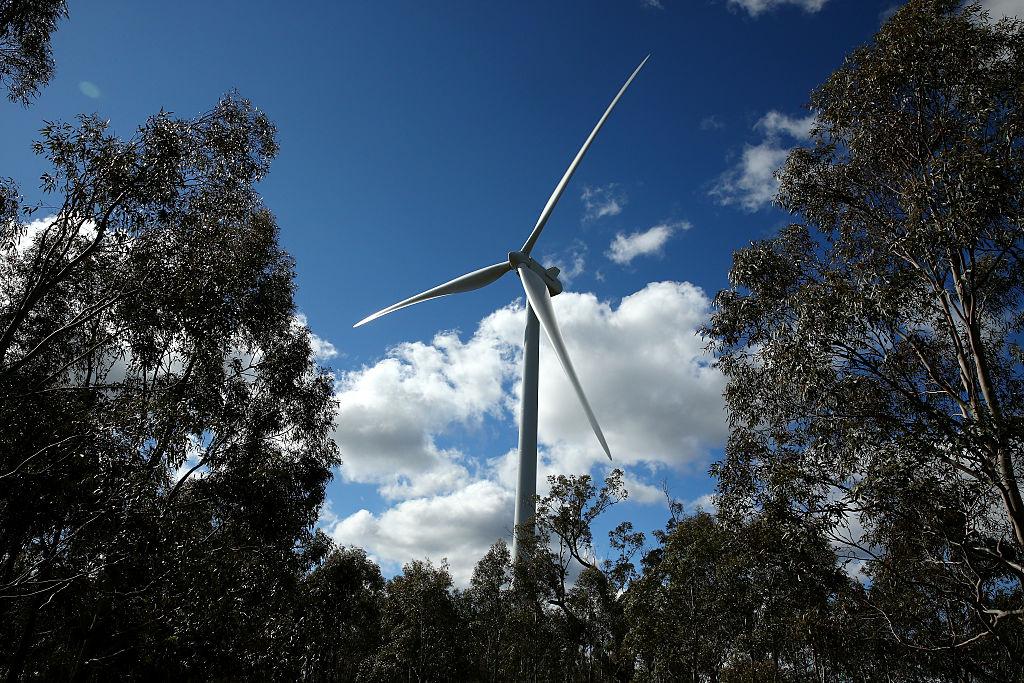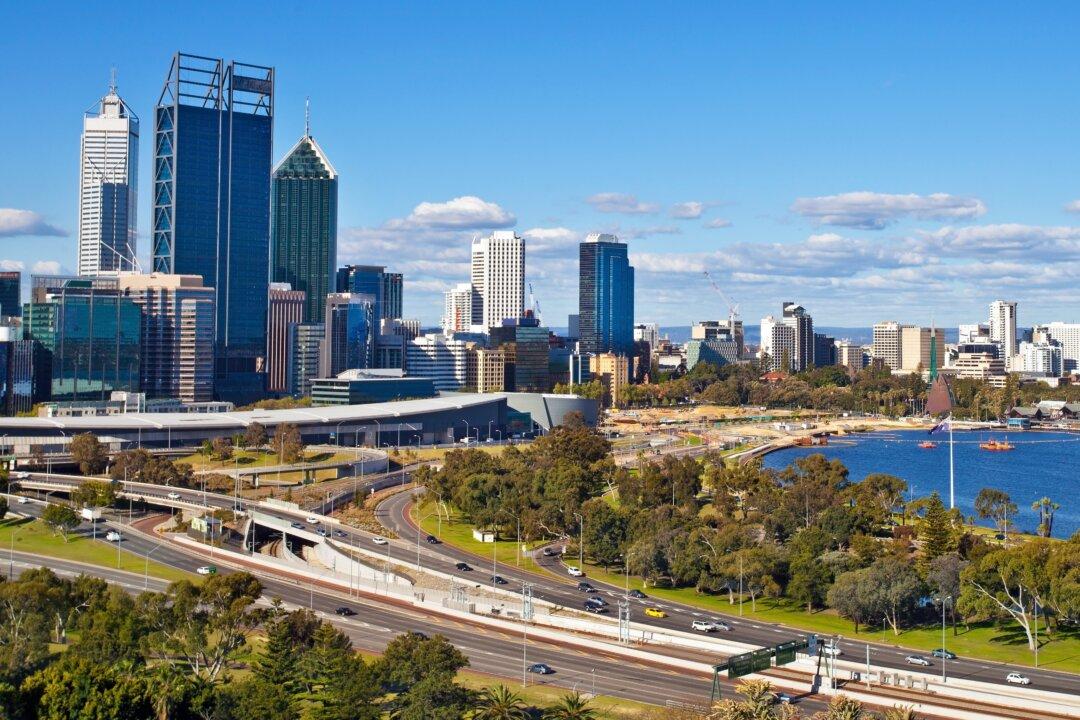A new renewable energy deal has put the wind in the sails of Australia’s largest supermarket, Woolworths, promising to supply 30 percent of the food giant’s New South Wales (NSW) energy needs.
The contract will see the transfer of 195,000 Megawatt-hours from Bango Wind Farm to 108 outlets in NSW—equivalent to powering 34,000 homes—every year.





